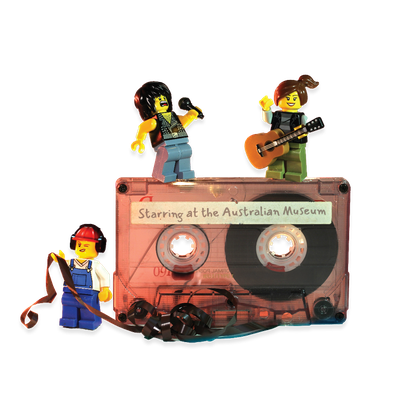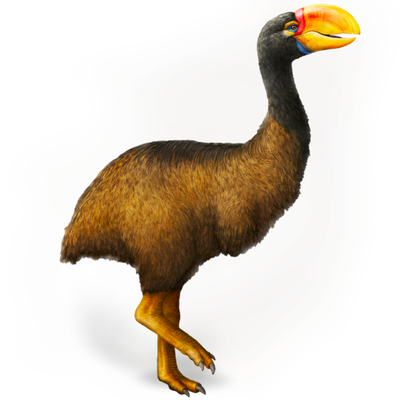Your search returned 2119 results
By Page Type
By Tag
- fish (966)
- blog (696)
- fishes of sydney harbour (401)
- First Nations (299)
- Blog (236)
- AMRI (169)
- archives (164)
- Eureka Prizes (146)
- Aboriginal and Torres Strait Islander (135)
- insect (126)
- Ichthyology (124)
- geoscience (109)
- minerals (102)
- climate change (100)
- podcast (94)
- Fish (91)
- Anthropology (89)
- International collections (80)
- Minerals Gallery (78)
- wildlife of sydney (78)
- Labridae (77)
- frog (74)
- gemstone (70)
- history (64)
- photography (64)
- Mollusca (60)
- gem (59)
- staff (59)
- Birds (56)
- Gems (56)
- Indonesia (56)
- education (56)
- shark (55)
- AMplify (54)
- people (53)
- earth sciences (50)
- past exhibitions (50)
- exhibition (49)
- Gobiidae (48)
- sustainability (46)
- Pomacentridae (45)
- Serranidae (44)
- lifelong learning (42)
- science (42)
- Earth and Environmental Science (41)
- Syngnathidae (41)
- Ancient Egypt (40)
- Bali (40)
- bird (40)
- dangerous australians (40)
-
Make your own butterfly envelope
https://australian.museum/learn/teachers/learning/butterflyenvelopes/Make your own butterfly envelope for your newly collected and identified species.
-
The features of penguins
https://australian.museum/learn/teachers/learning/sleek-geeks-videos/features-of-penguins/In this video, created by Year 4 students Caitlyn and Amelia for the Sleek Geeks Science Eureka Prize, you can learn about how penguins' features help them survive in the environment.
-
Sustainability and climate change learning journey
https://australian.museum/learn/teachers/learning/sustainability-climate-change/Follow this learning journey to deepen your knowledge and understanding of climate change and sustainability.
-
What are some Australian dinosaurs?
https://australian.museum/learn/teachers/learning/australian-dinosaurs/Download a series of posters and learn about the dinosaurs that once roamed Australia.
-
Birds conversation starters
https://australian.museum/learn/teachers/learning/cs-birds/Have you ever danced like a bird? Use our Birds conversation starters for fun suggestions and prompts for how to engage with this exhibition.
-
Treasures exhibition insights
https://australian.museum/learn/teachers/history-learning-resources/ed-treasures/The Treasures exhibition insights will help your students understand and engage with some of the most-valued objects from the Australian Museum’s collections
-
200 Treasures unit
https://australian.museum/learn/teachers/history-learning-resources/200treasures-ps/Follow this unit to deepen your knowledge and understanding of significant treasures from around the world.
-
EdTech challenge: disaster resiliency
https://australian.museum/learn/teachers/ibm-edtech-youth-challenge/disaster-resiliency/IBM EdTech Youth Challenge projects that help humanity monitor and respond to natural disasters, such as bushfire management and citizen science.
-
EdTech challenge: health concerns
https://australian.museum/learn/teachers/ibm-edtech-youth-challenge/health-concerns/IBM EdTech Youth Challenge projects that help humanity combat pressing health issues, such as COVID-19, to support healthier lives and protect our region's biodiversity.
-
Wild Planet and Surviving Australia conversation starters
https://australian.museum/learn/teachers/learning/cs-wildplanet/Strike an animal pose! Use our Wild Planet & Surviving Australia conversation starters for fun suggestions and prompts for how to engage with these exhibitions.
-
Discover more
2025 Australian Geographic Nature Photographer of the Year
Special exhibition
Free entry
Now open -
Discover more
Unfinished Business
Special exhibition
Free entry
Now open -
Find out more
Surviving Australia
Permanent exhibition
Free entry
Now open![]()
-
Find out more
Burra
Permanent kids learning space
Free entry
10am - 4.30pm![]()
-
Discover more
Minerals
Permanent exhibition
Free entry
Open daily![]()





